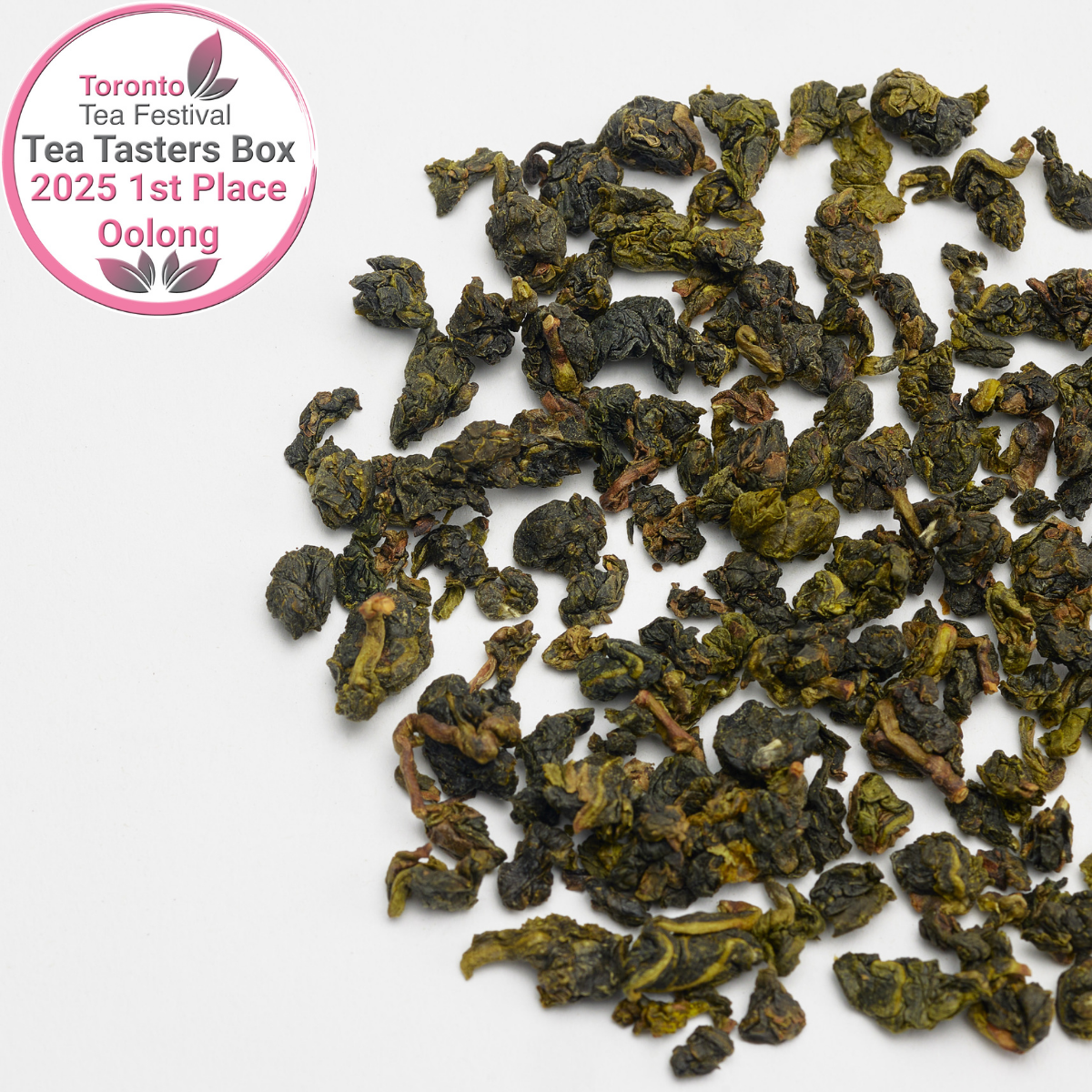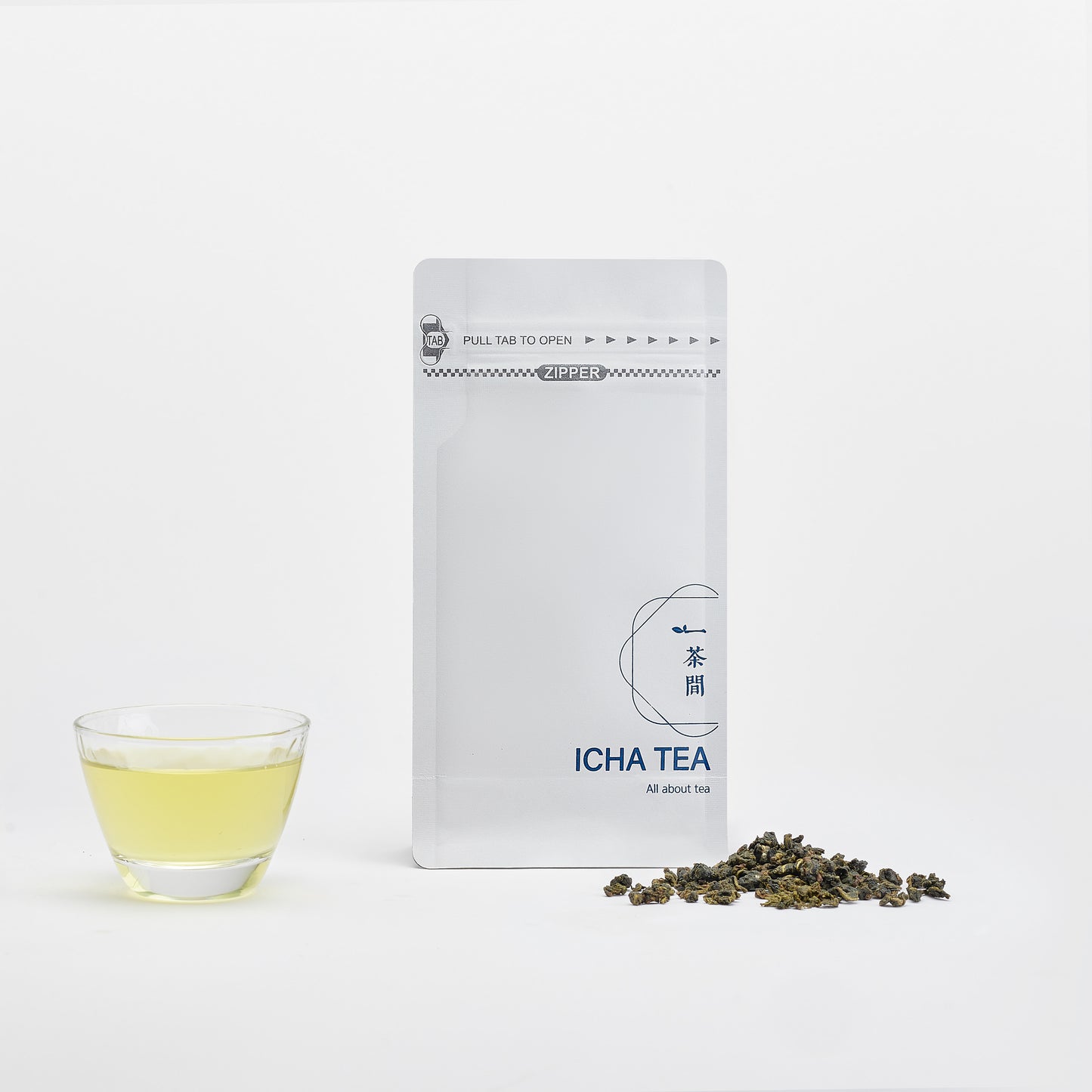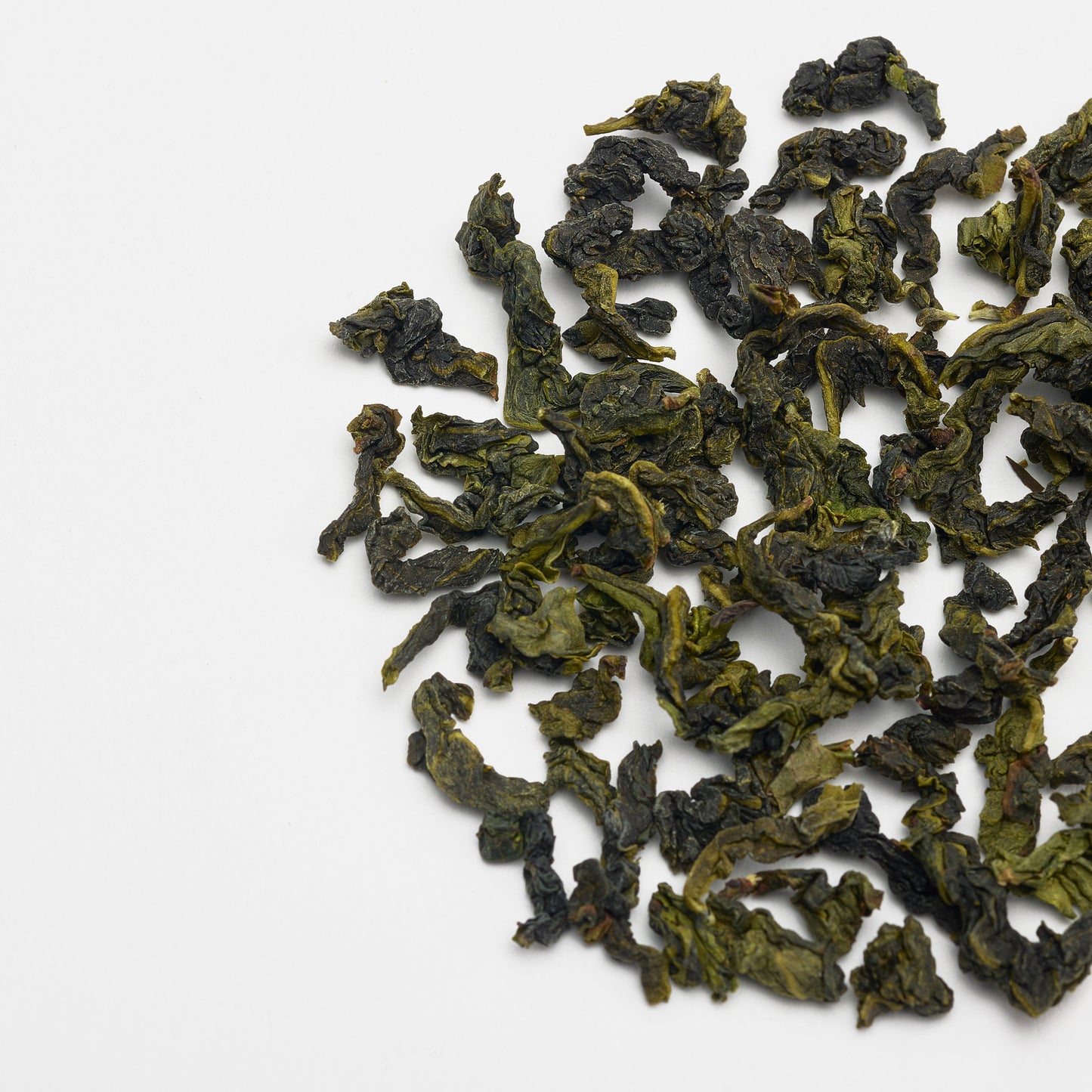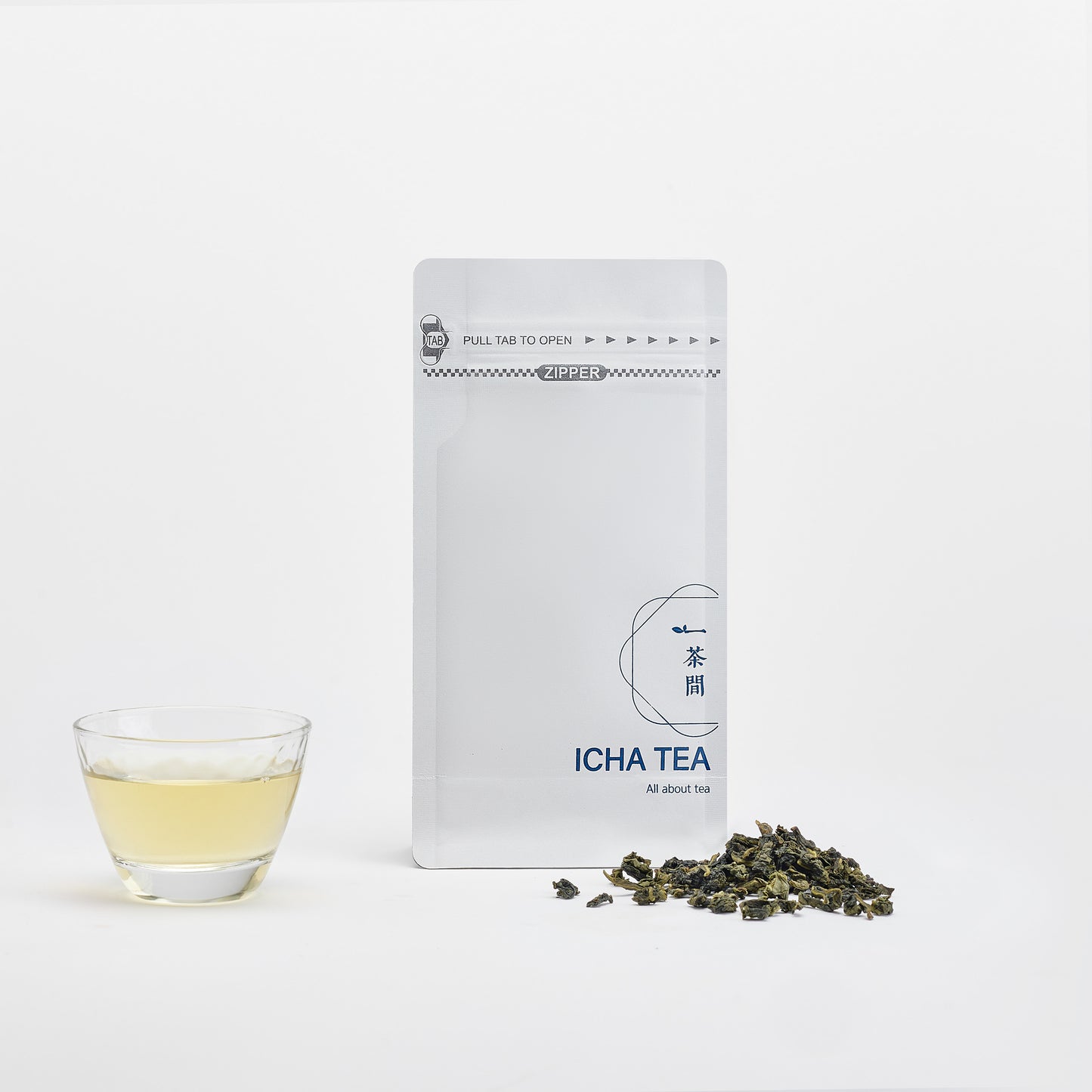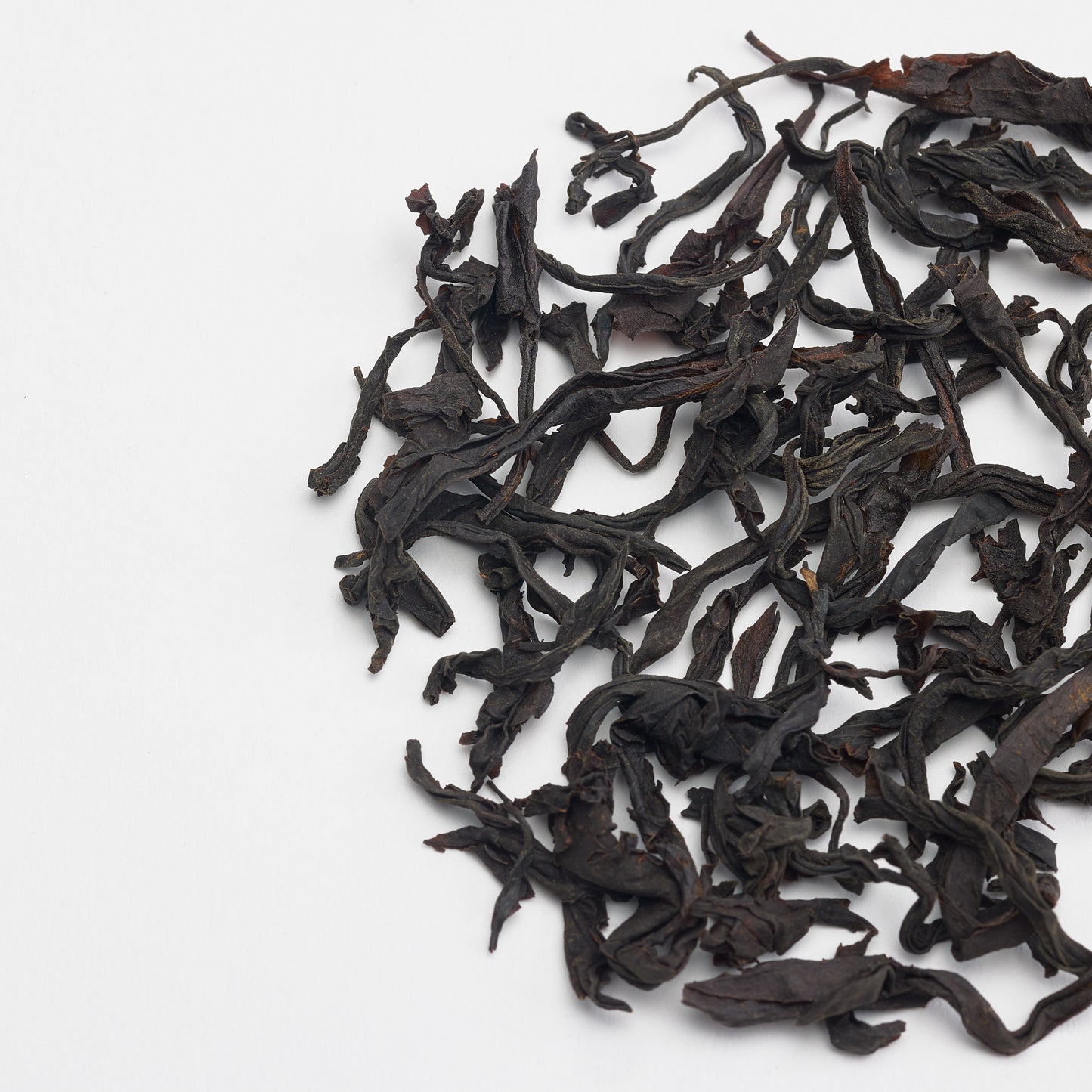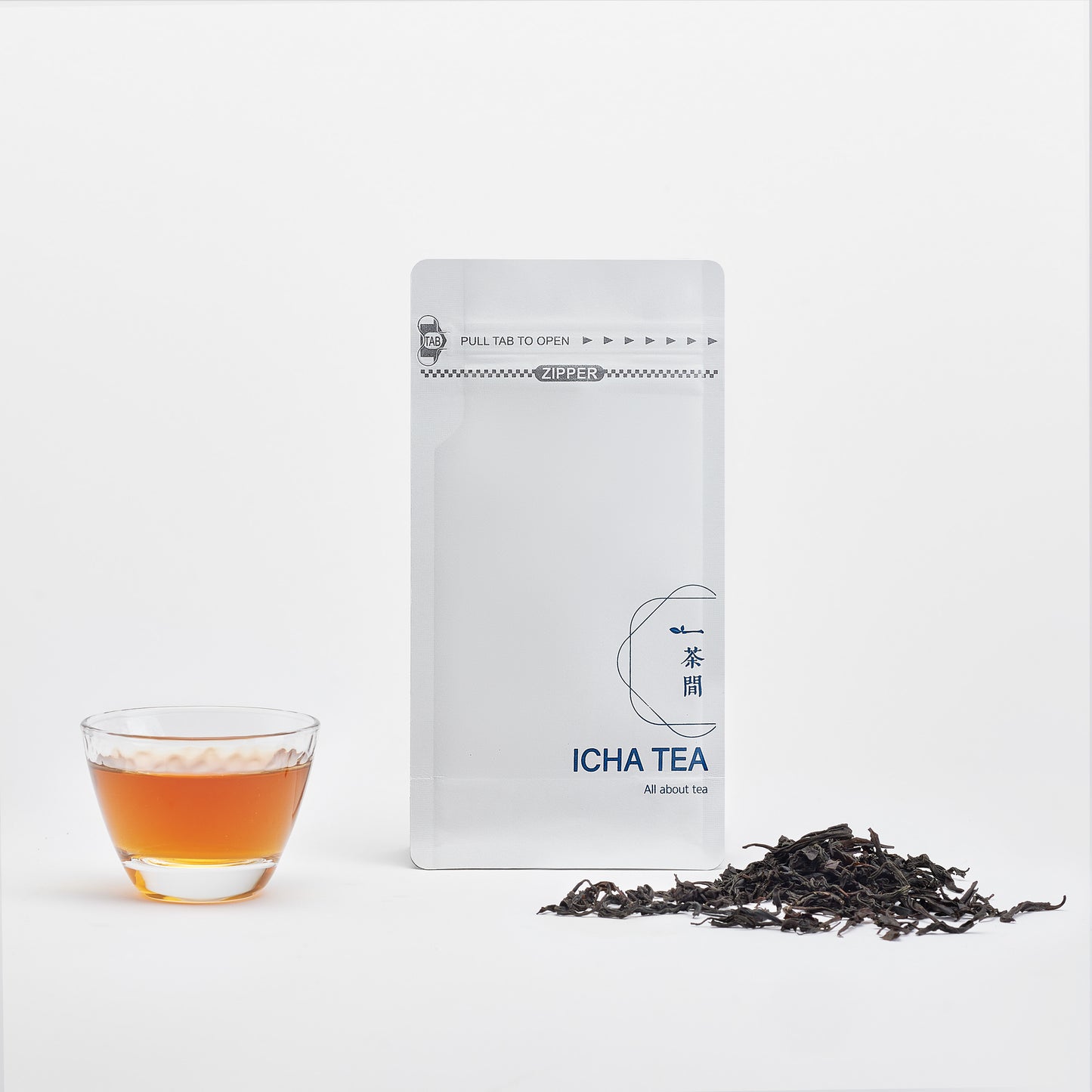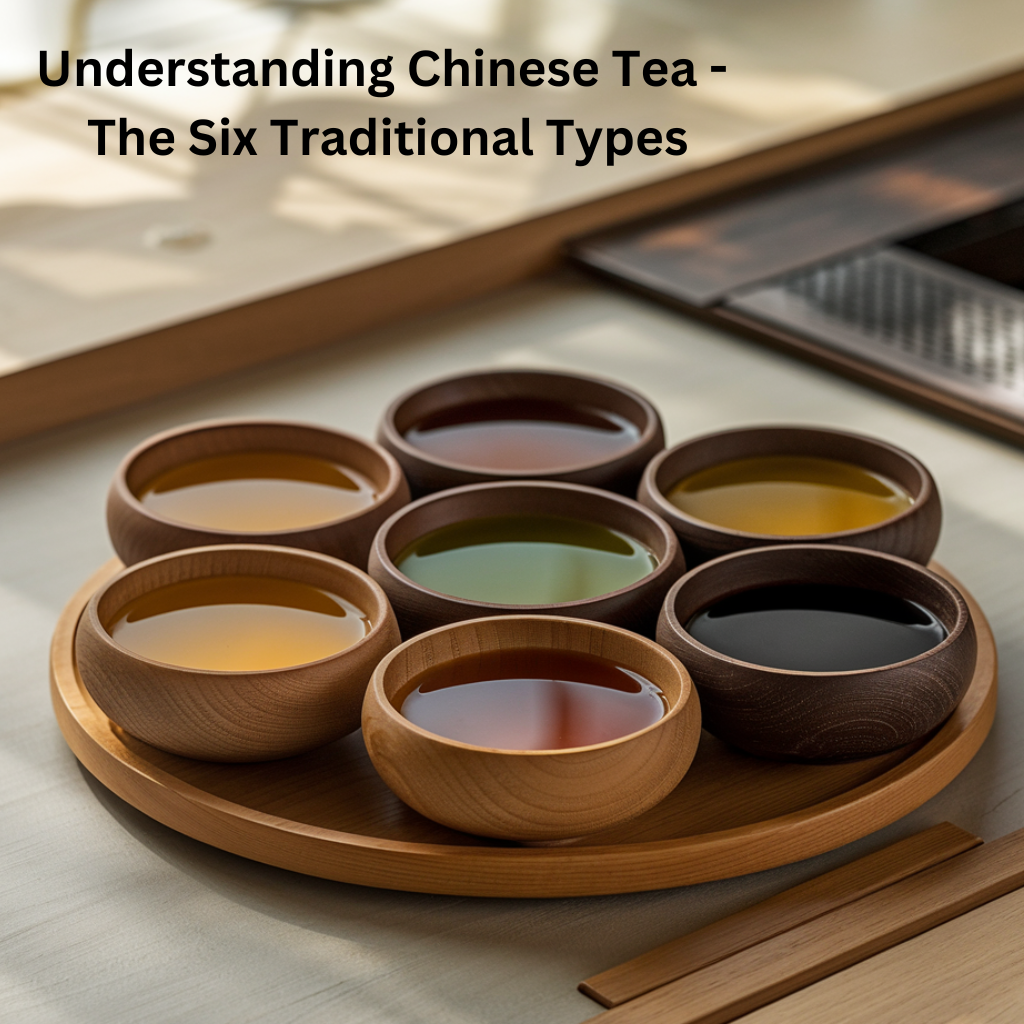
The Many Faces of Tea
The tea leaf, originating from China thousands of years ago, has evolved into six distinct categories through various processing methods. Most people don't realize that all the different types - White tea, yellow tea, green tea, oolong tea, black tea, pu-erh tea, gaba tea and even blended teas like Earl Grey ALL come from one species of plant. This humble leaf is called camellia senensis and is an evergreen shrub or small tree, from the Theaceae family.
Each type offers unique flavours, aromas, and benefits, reflecting centuries of tea crafting expertise. This amazing plant is extremely adaptable and wherever it is transplanted, it begins to reflect the unique soil conditions of it's surroundings, altitude and environment. Which gives birth to a near infinite number of variety in flavour profiles and even cousin offshots, in the case of assam black tea and hundreds, as weel as thousands of cultivars.
White Tea - The Most Delicate
White tea represents tea in its most natural form. Harvested primarily in Fujian Province, tea makers collect young buds and leaves, allowing them to wither naturally before a light drying process. This minimal processing preserves delicate subtle flavors and high antioxidant content.
Famous varieties include Silver Needle (Bai Hao Yin Zhen), made purely from buds, and White Peony (Bai Mu Dan), which includes both buds and leaves. Our White Peony recently won 2nd place at the 2025 Toronto Tea Festival. The resulting brew offers subtle, sweet notes with a smooth finish. Research suggests white tea contains the highest concentration of certain antioxidants among all tea types. It also has on average, depending on brewing times and conditions, 10-55mg of caffeine.
Green Tea - The Unoxidized Classic
Green tea maintains its verdant colour and fresh character through careful processing that prevents oxidation. This results in a grassier, very distinct flavour profile. After harvesting, leaves undergo brief heating to halt natural oxidation, followed by rolling and drying. This preserves the tea's natural compounds and creates its characteristic fresh flavor. It's kind of feels like drinking in rolling green pasteurs.
The renowned Longjing (Dragon Well) from Hangzhou exemplifies premium Chinese green tea, with its flat, pressed leaves and chestnut-like flavor. Other notable varieties include Bi luo chun from Jiangsu and Xinyang Maojian from Henan, each offering distinct regional characteristics.

What About Matcha Tea?
Matcha is actually simply green tea which has been stone-ground into a tea powder. The big difference here is one consumes the entire leaf, dissolved completely within the brewing water (rather than discarding the tea leaves after brewing). It actually looks vibrant green, whereas regular green tea has a more greenish-yellow tint.
(The health benefits of matcha tea are pretty awesome and science backed!)
Yellow Tea - The Rarest Category
Yellow tea undergoes a unique process called "sealed yellowing," where partially oxidized leaves are wrapped in cloth, allowing slight oxidation while removing grassy notes typical in green teas. This labor-intensive process creates a smooth, mellow taste without the astringency of green tea.
Famous yellow teas include Junshan Yinzhen from Hunan and Mengding Huangya from Sichuan. Their rarity makes them precious within China, though they're less known internationally. In the Canadian tea market, the demand is still very low.
Oolong Tea - The Partially-Oxidized Master
Oolong represents perhaps the most complex tea category, with oxidation levels ranging from 15% to 80%. This variation creates an incredible diversity of flavors, from light and floral to deep and roasted.
The famous Tie guan yin from Fujian offers floral notes and a distinctive "yanyun" (rock mineral taste), while Da Hong Pao from the Wuyi Mountains provides deep, roasted flavors with honey notes. Each oolong undergoes repeated rolling, oxidation, and firing to achieve its specific character. Each variety is very difficult to reproduce and is passed down from tea master to apprentice by hand!
(Learn more about "China's Four Great Tea Regions" here!)
Black Tea - The Fully Oxidized
Known as "hong cha" (red tea) in China, black tea undergoes complete oxidation. Think of tea leaves drying until they curl and transform into a dark, brown-black texture and look. This creates rich, bold flavours and what is described as a full-body experience. The process involves withering, rolling, oxidizing, and firing the leaves. Famous varieties include Jin Jun Mei from the Wuyi Mountains in Fujian provience, prized for its smooth, honey, sweet complexity, and Dian Hong from Yunnan, noted for its golden tips and smooth taste.
Chinese black tea played a crucial role in international tea trade history, leading to global tea culture development. Modern research indicates its unique antioxidants may offer specific cardiovascular benefits and that daily black tea drinkers are linked to longevity.
Pu Erh Tea - The Fermented Treasure
Pu erh, produced exclusively in Yunnan Province, comes in two main types: sheng (raw) and Shou (ripe). Raw pu erh ages naturally over years or decades, developing complex flavours, while ripe pu erh undergoes accelerated fermentation to mimic aged characteristics.
Like fine wine, pu erh can appreciate in value over time. Aged cakes from renowned factories or ancient tea trees can command extraordinary prices. You probably wouldn't believe us if we told you some prized cakes cost thousands of dollars per kilo. Studies suggest Pu Erh may aid digestion and lipid metabolism.
(Dive deeper into the uniquely fermented pu erh teas of Yunnan)
Beyond the Six Traditional Chinese Teas - GABA Tea
GABA (Gamma-Aminobutyric Acid) tea was discovered in Japan in 1987 when researchers were studying ways to preserve food naturally. They found that exposing tea leaves to nitrogen-rich environments during processing significantly increased GABA content. This breakthrough created a new category of functional tea, highly regarded for its stress-reducing and relaxation-promoting properties.
GABA tea production involves exposing fresh tea leaves to nitrogen-rich conditions for several hours, triggering a natural conversion process that increases GABA levels. While originated in Japan, Taiwan has become a major producer of high-quality GABA tea, particularly using oolong varieties. The resulting tea offers a unique sweet and mellow flavor profile while providing the calming benefits of enhanced GABA content.
Specality Teas
Flavoured/Blended Tea:
Earl Grey, created in the 1830s, combines black tea with bergamot oil from citrus fruits. Other popular blends include jasmine tea (scented with fresh jasmine flowers) and various fruit-flavored teas. Quality blends use natural flavouring methods and premium base teas. Traditional scenting can take multiple days, with fresh flowers replaced several times to achieve the desired aroma. These are some of the most popular types of teas within the Canadian and US markets, influenced by UK tea culture.
Blooming/Artisanal Teas:
Also called flowering or display teas, these are handcrafted bundles combining tea leaves with dried flowers. Tea artisans carefully sew these into balls that unfurl dramatically when steeped in hot water. Common flowers include lily, jasmine, and globe amaranth. Originally from China's Yunnan Province, these teas combine visual artistry with tea craftsmanship. They're typically brewed in glass vessels to showcase the blooming effect.
The Humble Tea Leaf Keeps Giving
Understanding how the different types of tea are crafted really brings the world of Chinese teas to life! The humble tea plant is pretty incredible in its' versitility and how one species of plant can give birth to such a unique range of flavours. Whether seeking the delicate sweetness of white tea or the complex depth of aged pu erh, each category offers unique pleasures and benefits worth exploring.


